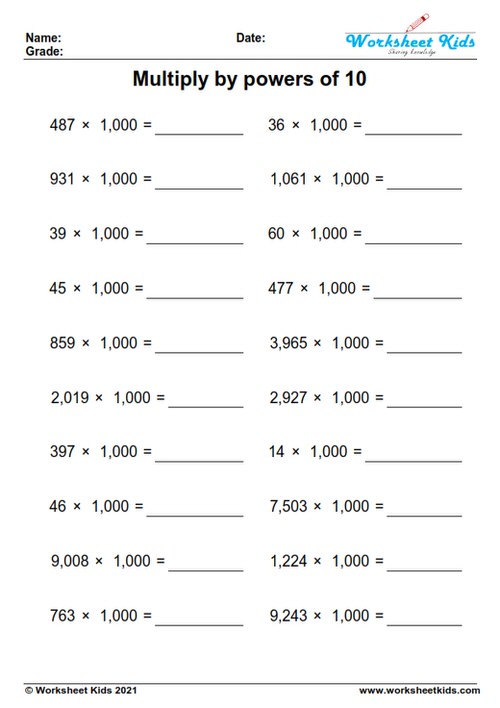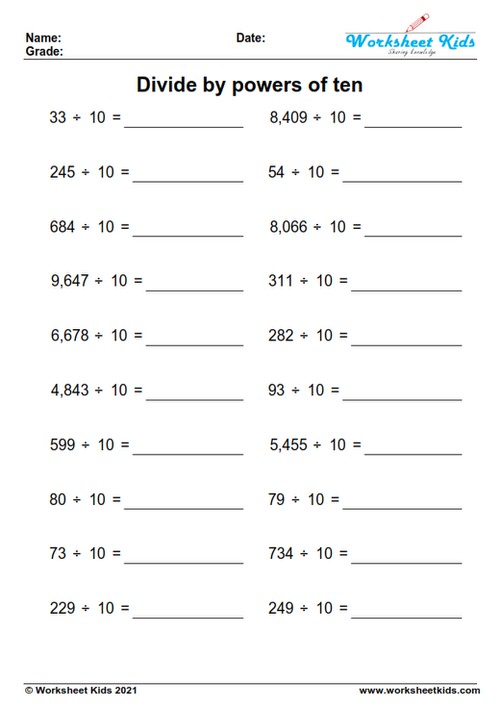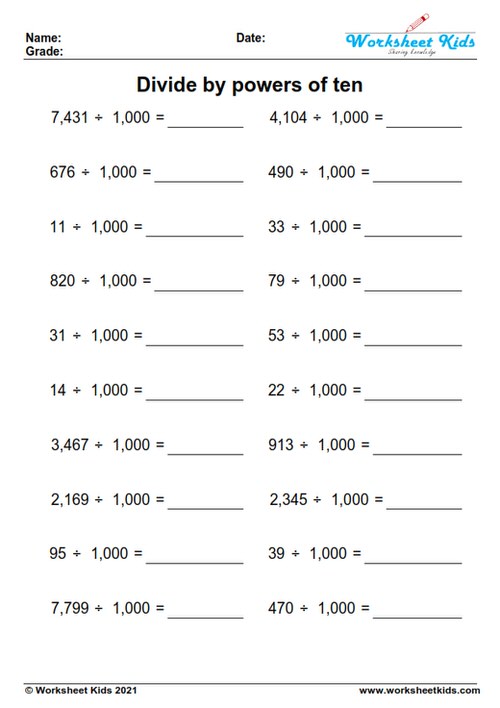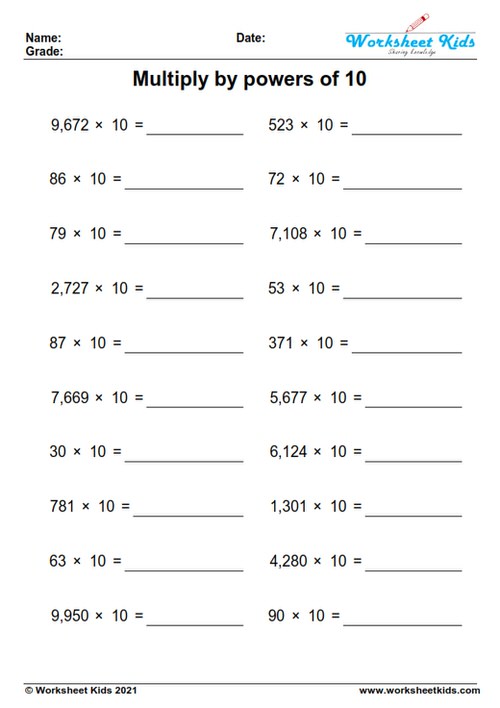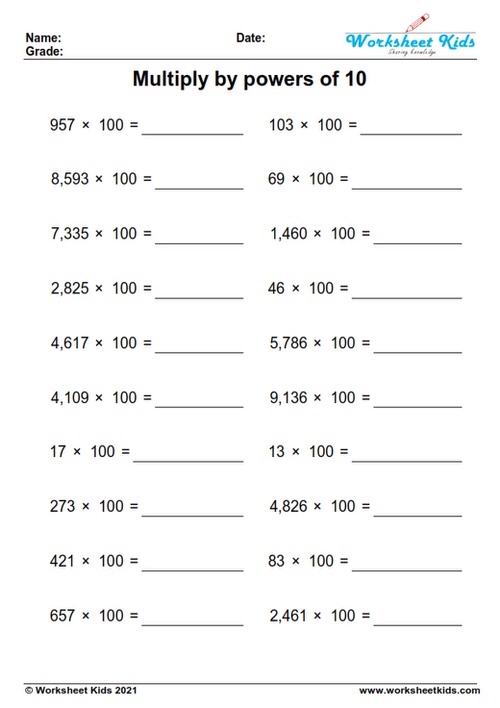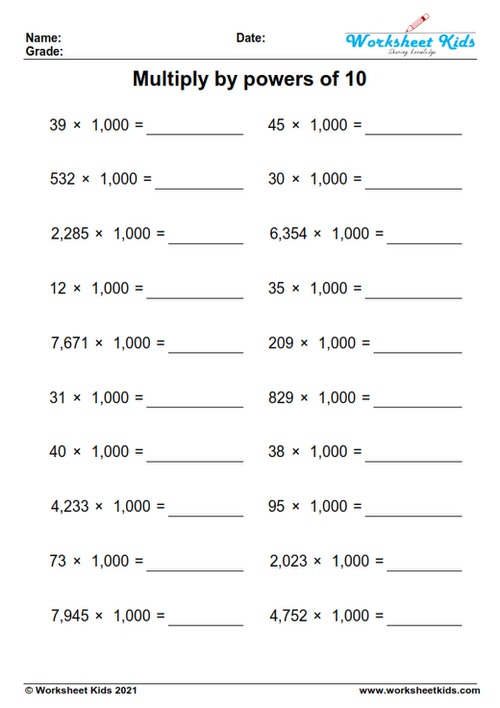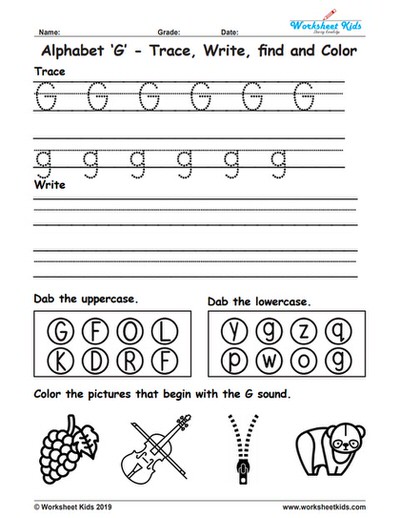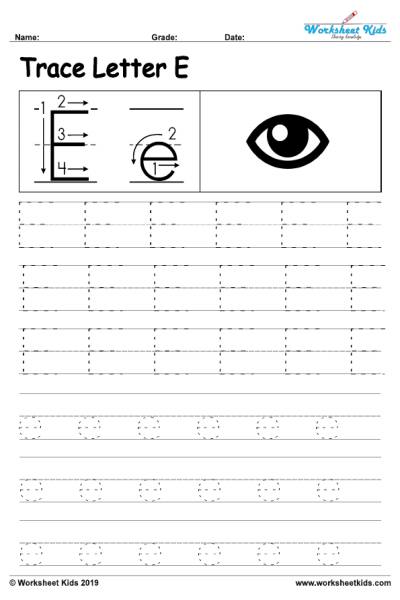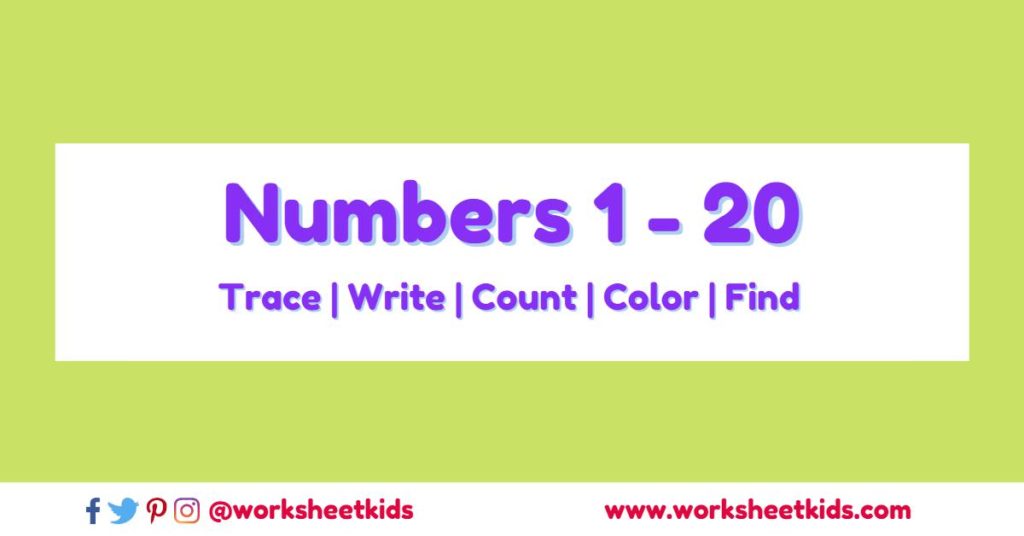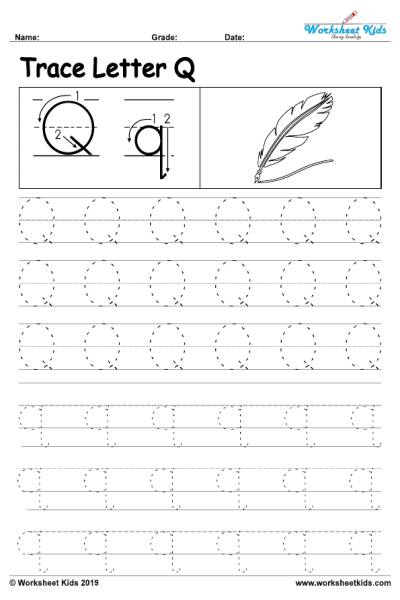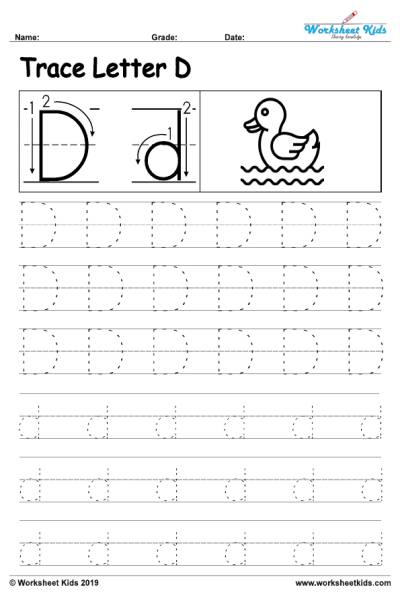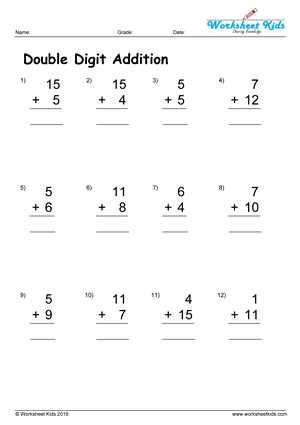Our whole number multiplying and dividing by powers of 10 is the perfect activity for teaching powers of ten to 5th grade kids. These worksheets help students to get strong knowledge on multiplying by 10, 100 and 1000 and dividing by 10, 100 and 1000.These worksheets lay strong foundation for exponent notation for students in 5th grade and higher grades. By practicing these whole number multiplying and dividing by powers of 10 kids will do a problem as quickly and as easily as possible.

Multiplying by powers of ten
Traditionally, in order to multiply the given numbers we write the multiplicand (Whole number) and the multiplier (Powers of 10). The multiplication process consists of multiplying the multiplicand by each of the digits in the multiplier and writing each multiplication result on a separate line.
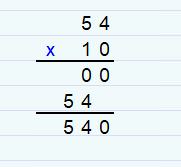
The multiplication result produced by any given digit in the multiplier is written such that the least significant digit of that result is right-aligned with the digit of the multiplier used for that multiplication. Lastly, to obtain the product, we add the multiplication results.
Dividing by powers of ten
Move the decimal point right as many places as there are 0’s in the power. If there are not enough digits, add on 0’s. For example dividing 25 by 100, we want to choose the minimum number of digits from the dividend (25) such that the divisor (100) (powers of 10) is smaller than the number formed by these digits.
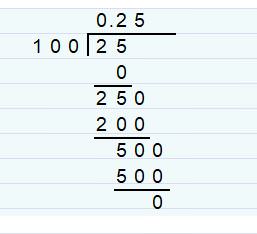
Here, however, the dividend is the smaller number, so we choose the entire dividend (25). Since 100 is larger than 25, we place a 0 above the 25 as the next digit in our quotient. This zero means that 100 do not go into 25. We have already discovered that 100 go into 25 no more than 0 times. We now calculate that 100 x 0 = 0, so we place 0 underneath 25. Now we must find the difference between 25 and 0.
We subtract 25 minus 0 and write the result, 25 in the diagram. Observe that no minus sign is drawn in the diagram for this subtraction.
The fact that we have used all the digits of the dividend does not indicate that the division process has finished. In fact, we need to give the result correct to 2 decimal places. We start this part of the process by placing the decimal point in the quotient.
Since we have used all the digits of the divisor, we add a 0 next to the last remainder, 25. We are ready to divide this new number, 250, by the divisor, 100. We find that 100 goes into 250 no more than 2 times (100 x 3 = 300 is greater than 250, however 100 x 2 = 200 is less than or equal to 250), so we place a 2 above the 25 as the next digit in our quotient.
We have already discovered that 100 goes into 250 no more than 2 times. We now calculate that 100 x 2 = 200, so we place 200 underneath 250. Now we must find the difference between 250 and 200. We subtract 250 minus 200 and write the result, 50 in the diagram. Observe that no minus sign is drawn in the diagram for this subtraction.
Since we have used all the digits of the divisor, we add a 0 next to the last remainder, 50. We are ready to divide this new number, 500, by the divisor, 100. We find that 100 goes into 500 no more than 5 times (100 x 6 = 600 is greater than 500, however 100 x 5 = 500 is less than or equal to 500), so we place a 5 above the 25 as the next digit in our quotient.
We have already discovered that 100 go into 500 no more than 5 times. We now calculate that 100 x 5 = 500, so we place 500 underneath 500. Now we must find the difference between 500 and 500.
We subtract 500 minus 500 and write the result, 0 in the diagram. Observe that no minus sign is drawn in the diagram for this subtraction.
In conclusion, we provided 15 free multiplying and dividing by powers of 10 worksheets. Teachers can use all these worksheets as teaching material in schools and also parents can use it as additional supporting for kids in homeschool.
Multiplying and dividing by 10, 100, 1000
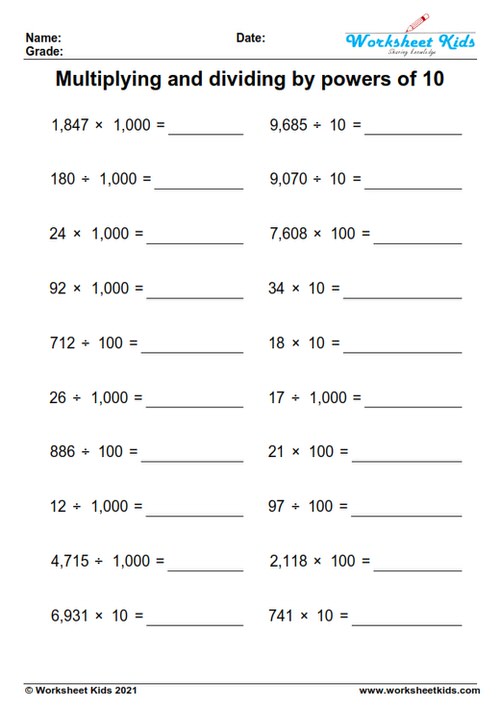
Multiplying by 10, 100, 1000
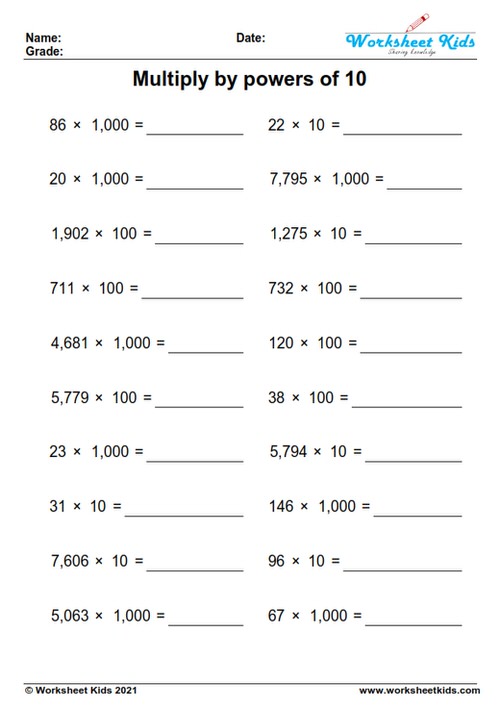
Dividing by 10, 100, 1000
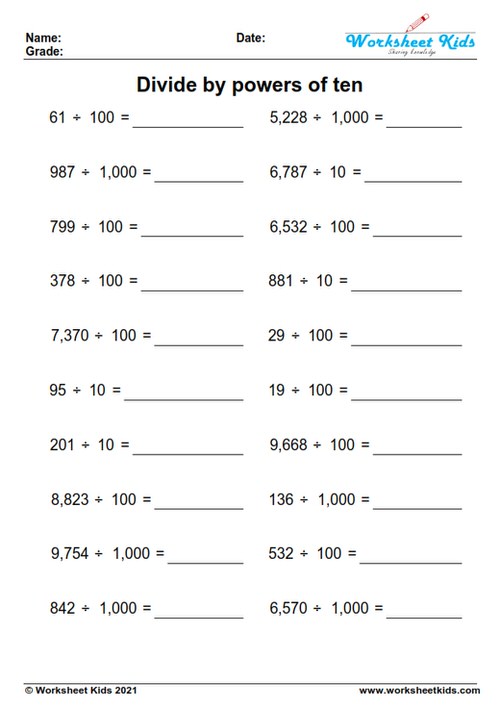
Dividing by 10

Dividing by 100
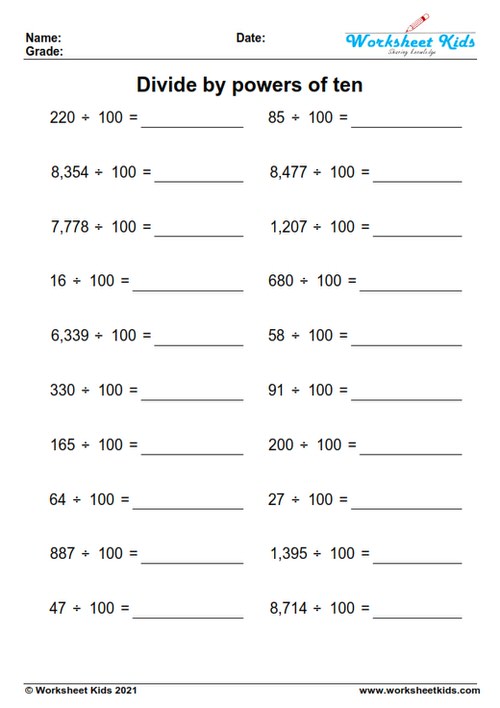
Dividing by 1000
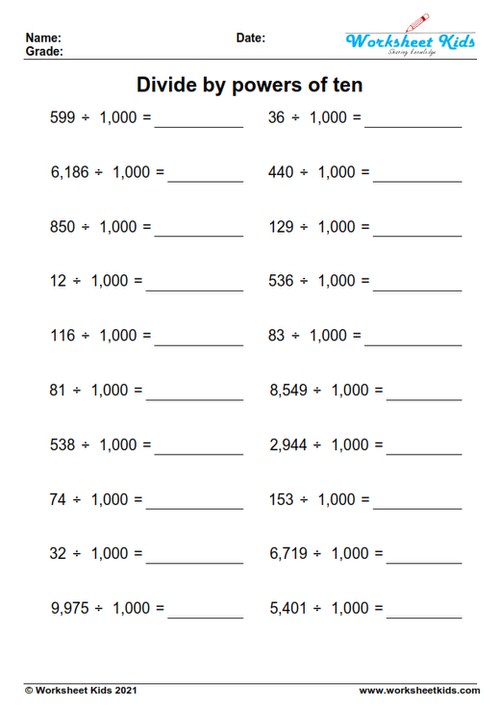
Multiplying by 10

Multiplying by 100

Multiplying by 1000
